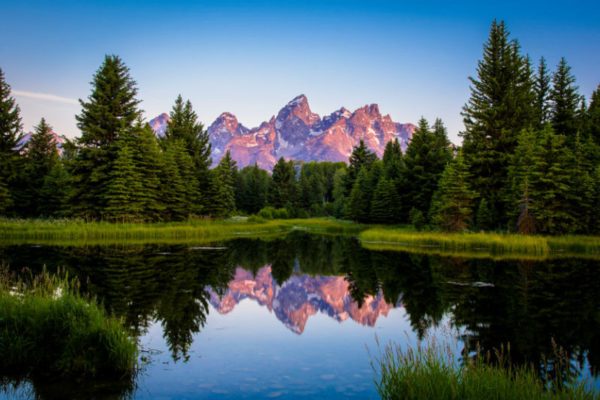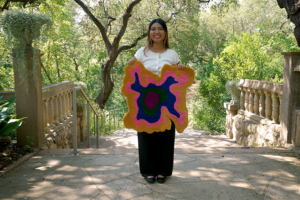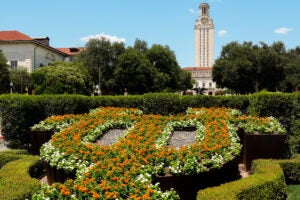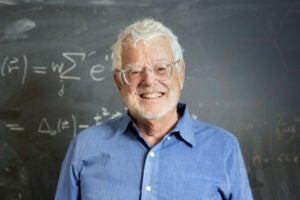During the past few weeks, millions of people around the Gulf of Mexico have experienced the fury of Mother Nature. Four massive hurricanes and two earthquakes have devastated numerous communities. It is humbling to realize that despite enormous technical advancements, we are still as much at the mercy of nature’s wrath as the Teotihuacanos in southern Mexico were 2,000 years ago.
When violent eruptions of the Xitle volcano hit part of the Valley of Mexico approximately 2,000 years ago, the survivors founded the city of Teotihuacan in the northern part of the valley. Teotihuacan grew to be one of the largest cities in the world and exerted great influence all over Mesoamerica until it was abandoned for unknown reasons during the eighth century.
Teotihuacan seems to have been conceived as an “ideal city” to appease nature and avoid further destruction. Monumental pyramids re-create the life-giving mountains around. The entire city, from its general layout to the most humble housing compounds, followed the same orientation. All spaces are based on the same organizational principles.
Teotihuacan’s stylistic consistency over 600 years required an enduring social consensus. A shared vision enabled the Teotihuacanos to work together to establish a perfect dialogue that balanced the city they built and the sacred (and threatening) environment that surrounded it.
The Teotihuacanos believed that their behavior could provoke nature’s reactions. Ironically, we now know that indeed human activities have stressed the natural environment and exacerbated the volatility of nature.
It is time that we bring this deep connection with the land back to the forefront. Recent natural disasters should remind us of the need to design the built environment in sustainable ways that reconnect us with nature just as the Teotihuacanos did: respecting and fearing it and seeking integration rather than domination. The word religion comes from the Latin word re-ligare: to reconnect. We can re-ligare in many ways, with solar panels worshipping our sun, wind farms worshipping our atmosphere and tidal power plants worshipping our oceans.
The world has come to understand that it is paramount to reduce our greenhouse gas emissions. With its central aim to “strengthen the global response to the threat of climate change,” the Paris climate agreement is an unprecedented effort to bring all nations to work for this common cause. It is as close to a total world consensus as we have come: 195 countries have signed it, including North Korea, Somalia and Libya. Only two have not: Syria and Nicaragua. And Nicaragua recently said it intends to.
Last June, President Donald Trump announced that the U.S. will exit the agreement. Instead, the U.S. should lead the global effort to quell climate change. After all, this land is heir to a rich tradition of respect for nature that started with pre-Columbian cultures across the Americas.
Teotihuacan was not alone. There are worldviews in North, Central and South America that emphasize an “integration” with nature. There are excellent examples from Taos in New Mexico to Machu Picchu in Peru. The Europeans conquered and settled the Americas, bringing with them a Christian worldview.
However, the new societies that emerged in the Americas were not a mere extension of their mother cultures, and their interaction with the wondrous natural landscape resulted in a different approach to the built environment — a shared American experience, an American ethos.
This ethos is as much responsible for the mythical readings of the landscape in ancient times as it is for the creation of the national parks in the U.S today. It is also responsible for the great contributions of architects Frank Lloyd Wright, Luis Barragán and Oscar Niemeyer, who were all creative visionaries of the Americas who sought a deep connection with the land.
We live in an irrevocably global planet. All nations must work together to sustain it. The Paris Agreement involves big-picture, long-term goals, but we can plan and design at every scale in tune with nature and with common sense: avoiding encroachments in flood plains and vulnerable coastal lands, using suitable materials for strong winds or burying power lines. We should celebrate our quest for a necessary symbiosis with nature as the 21st century “new religion” that everybody can preach.
Juan Miró is the David Bruton, Jr. Centennial Professor in Urban Studies in the School of Architecture at The University of Texas at Austin. Fernando Lara is an associate professor in the School of Architecture at The University of Texas at Austin. Their forthcoming book is “The Central Role of Nature in Shaping the Built Environment of the Americas.”
A version of this op-ed appered in Psychology Today and the Waco Tribune Herald.
To view more op-eds from Texas Perspectives, click here.
Like us on Facebook.




